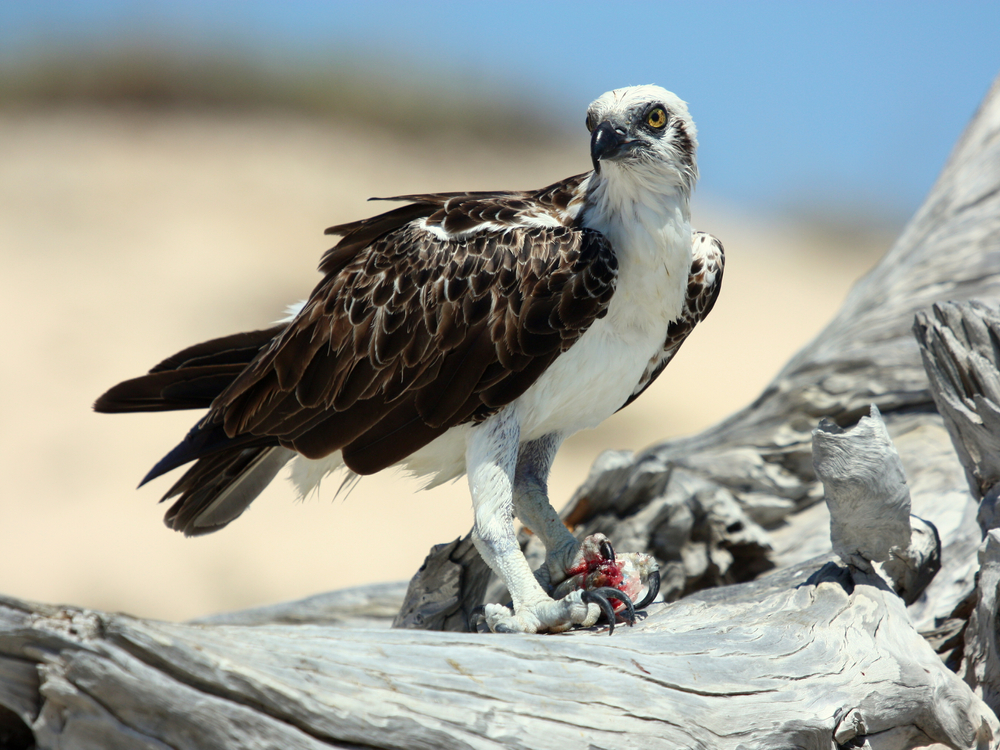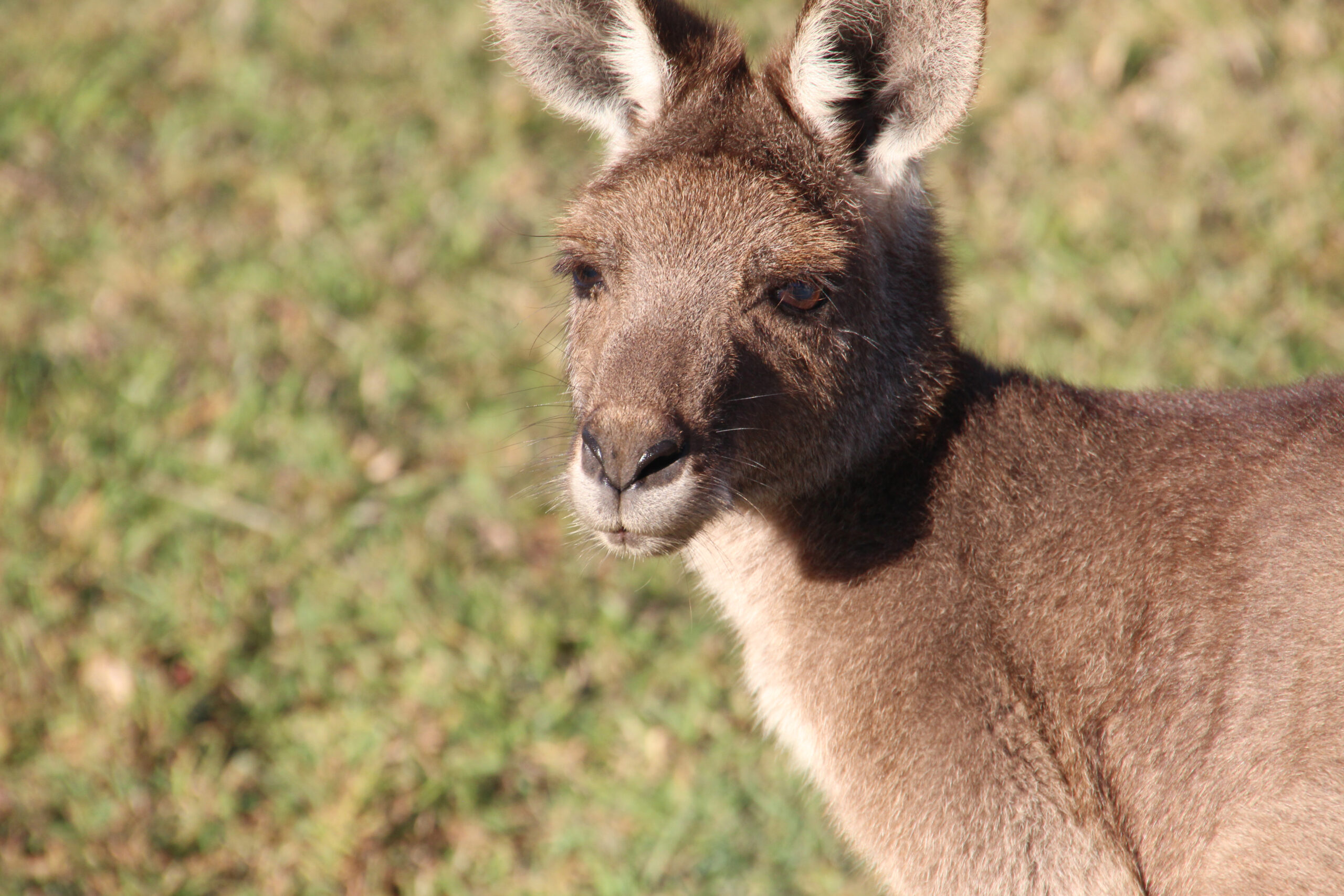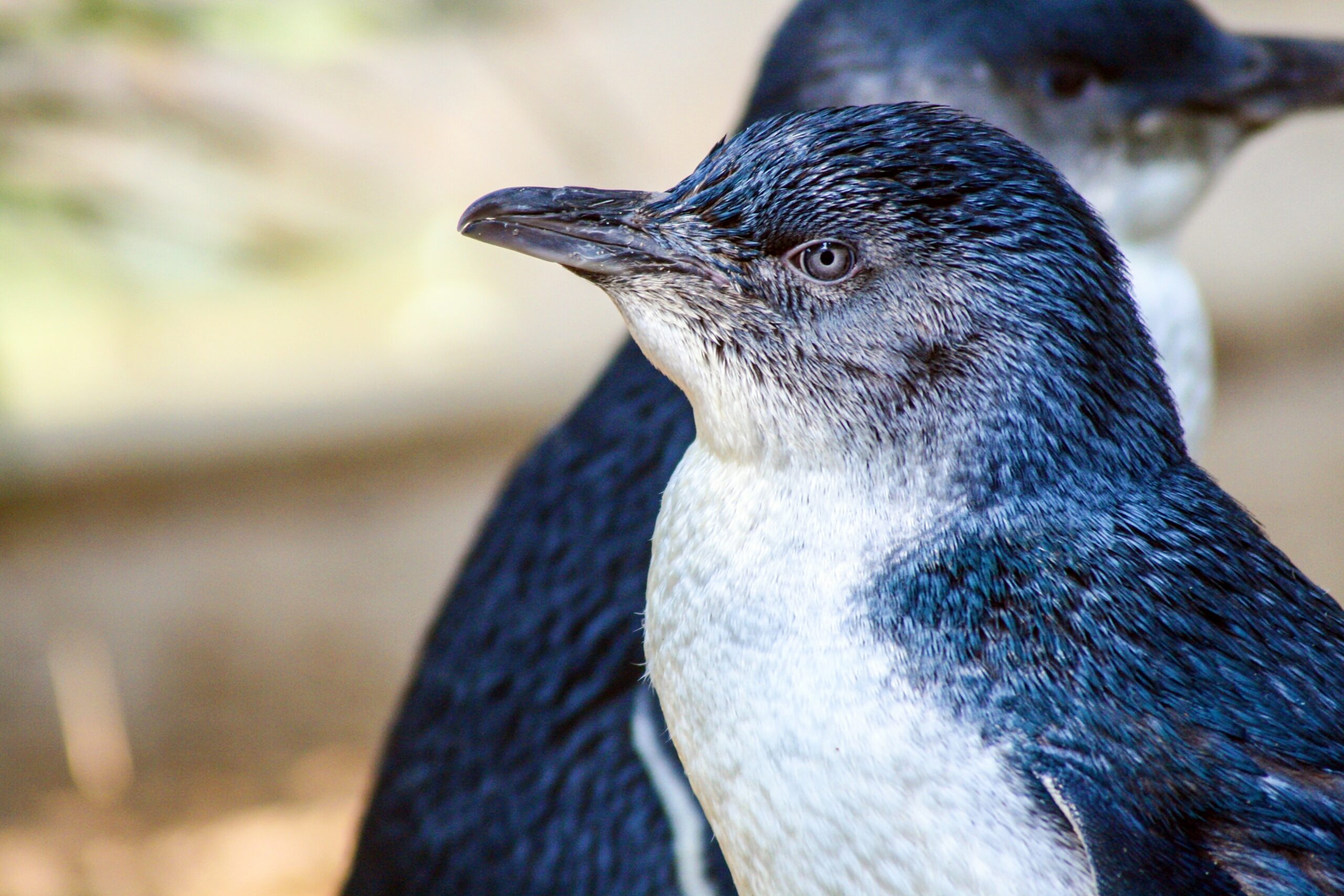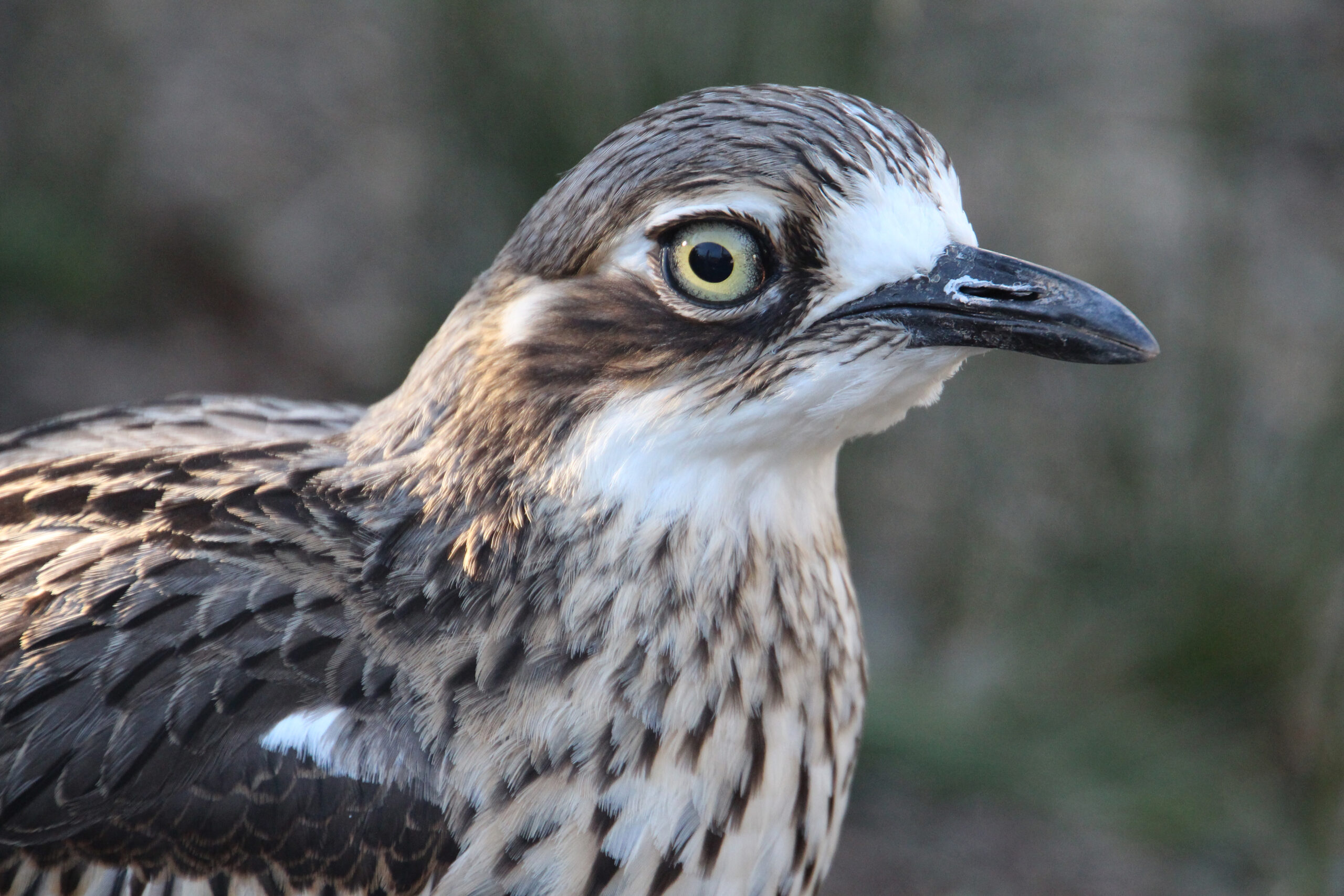| Common name | Eastern osprey |
| Scientific name | Pandion haliaetus cristatus |
| Type | Bird |
| Diet | Carnivorous, eating fish |
| Average lifespan | Average of 8 years |
| Size | 60cm long, weighing between 1.3kg and 1.8kg, wingspan 180cm |
Sometimes referred to as the fish hawk, the eastern osprey has a particular appetite for seafood and is graceful and agile as it glides through the air with its fingered wings outstretched. Considered one of the smaller Australian raptors, the eastern osprey is a water-dependant bird of prey.
With dark brown plumage on the top part of its body and pale feathers on the head and under the wings, the eastern osprey has a distinct black line that can be traced from the throat to the eye and ends in a dark patch around the ear.
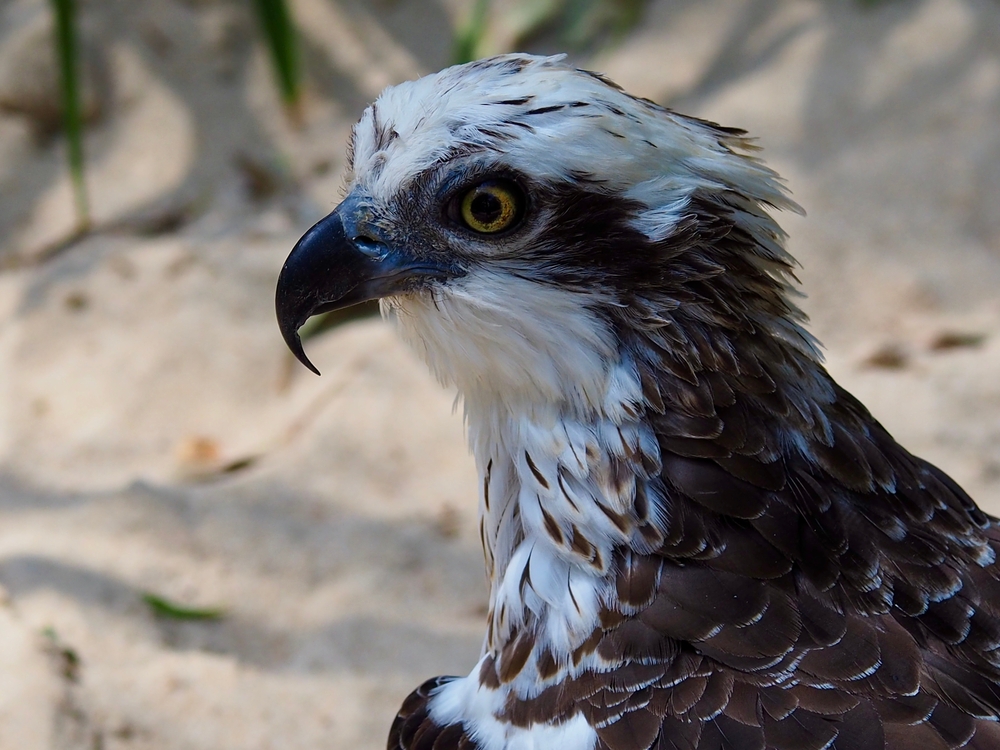
The female osprey tends to be larger than the male, and has darker, dabbled brownish patches on the breast. A smallish head and neck are a feature of this bird, and it often swivels them around or sways its head from side to side.
The wings of the eastern osprey are also unique, finished with finger-like shaped feathers that reach around 180cm when in flight and are sharply bowed.
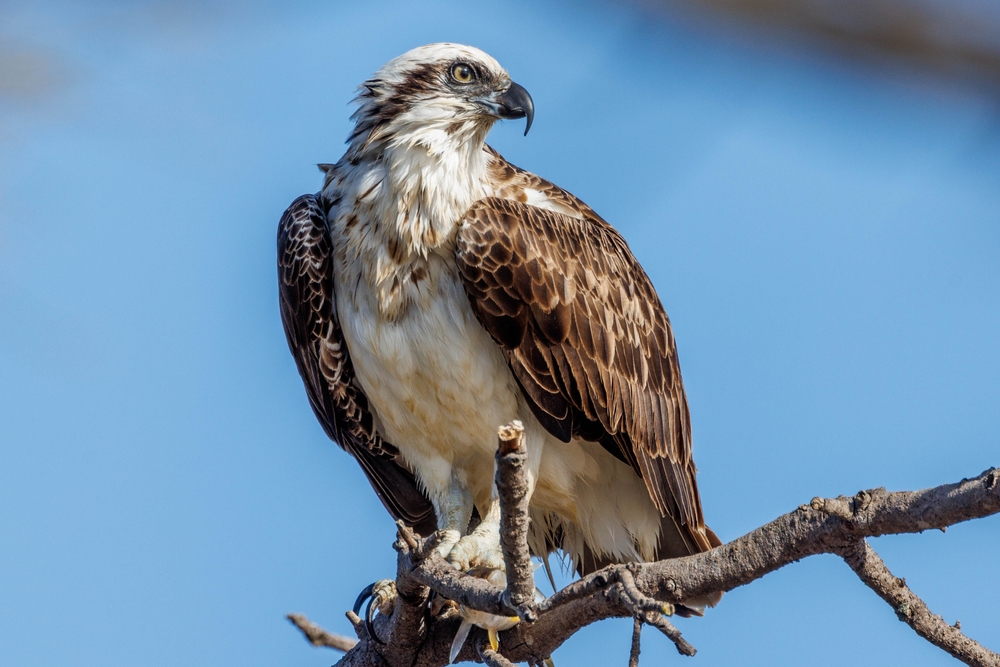
The eastern osprey is found within a narrow strip of habitat which all but circles the coastline of Australia, except for Tasmania and Victoria.
These birds are also at home on offshore islands and sometimes at open river systems and beyond the tidal plains.
Most common on the northern coast, osprey love rocky terrain that borders the ocean, as well as islands and reefs and tend to steer clear of heavily populated areas of south-eastern Australia.
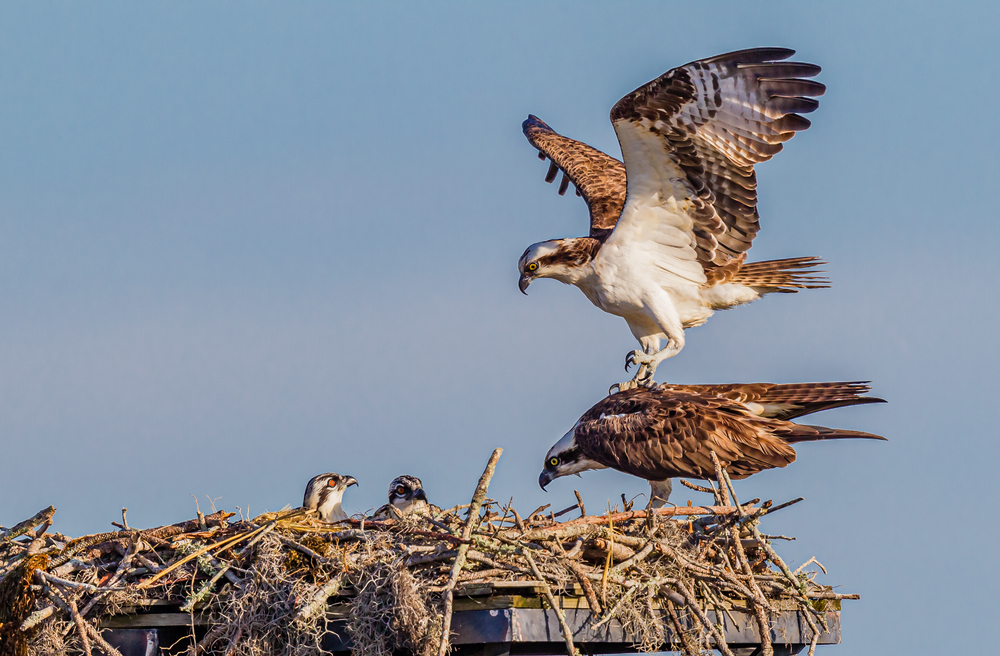
Excellent anglers, the eastern osprey survives on a diet of fish. With a fishing success rate as high as 70 per cent, scientists have recorded the eastern osprey catching fish on at least one in every four dives.
A common sight on the shorelines of eastern Australia, the osprey patrols the oceans on the hunt for medium-sized fish, before folding its wings in, and dramatically diving towards the water headlong with its feet forward.
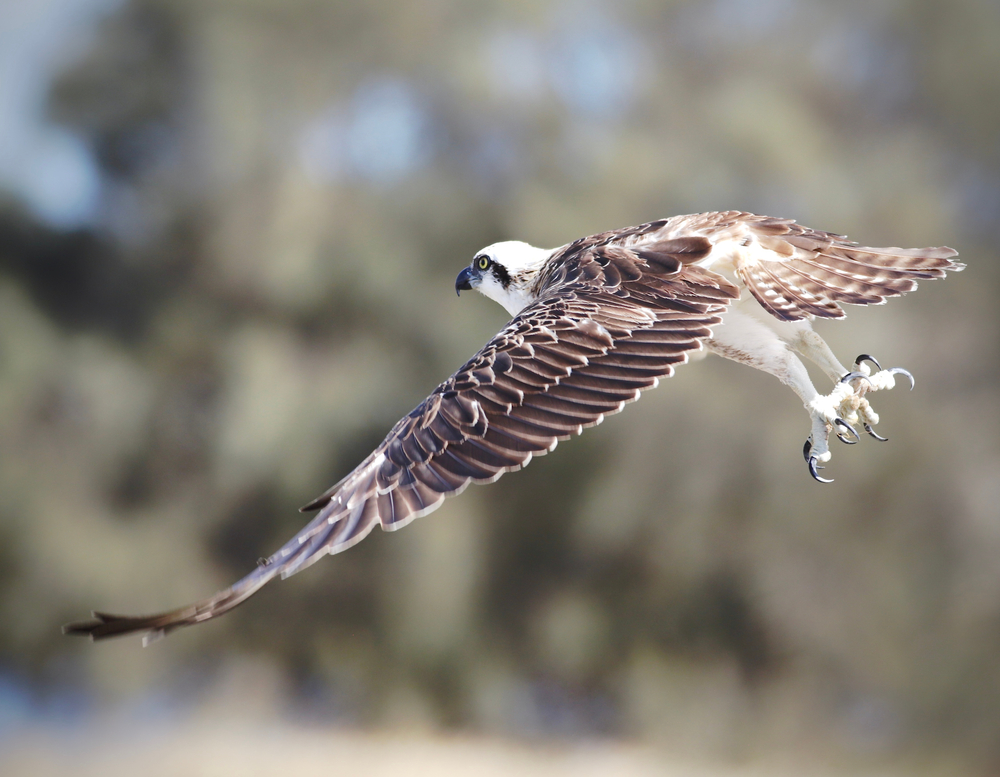
Either completely entering the sea or hovering above its surface, the eastern osprey grabs its fish meal with its strong talons before using its powerful wings to return to the skies and eventually land to eat its find. It doesn’t enjoy its catch whole, but rather rips the fish apart with its feet. Unlike other hawks, ospreys have a reversible outer toe that helps them hold onto food with two toes in front, and two toes behind.
A large nest, sometimes up to 2m wide, made of sticks, driftwood and seaweed, will see an eastern osprey return for many years to nest and rear its chicks. These nests are built on a cliff face, a dead tree or in suburban areas on manmade structures like radio towers, telegraph poles or even especially designed nest platforms made purposely for nesting ospreys.
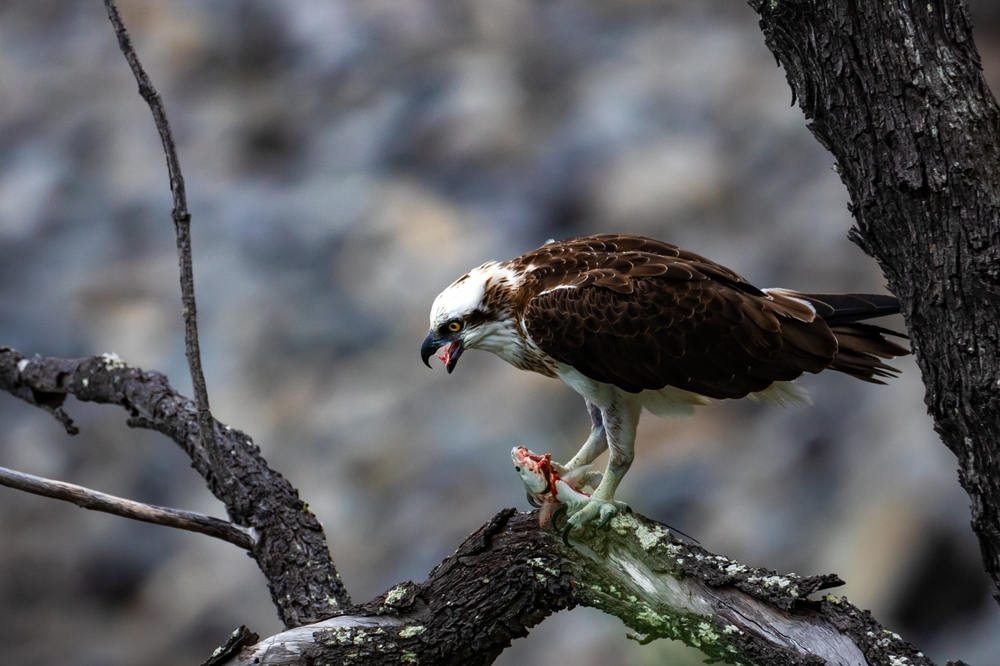
The female bird incubates between 2–3 white eggs with brown blotches for around 40 days, while the male raptor brings food to the nest. The juvenile ospreys stay with the mother bird until they learn to fly at around nine weeks.
Eastern ospreys are mostly solitary birds, but they also pair with a breeding partner. With their mate they can be noisy flying together and whilst occupying their nest, with harsh screams or a repeated reedy whistle call filling the skies. These birds also have a unique adaptation called a nictitating membrane or third eyelid, essentially acting like a pair of goggles, allowing the bird to close this eyelid and see underwater!
